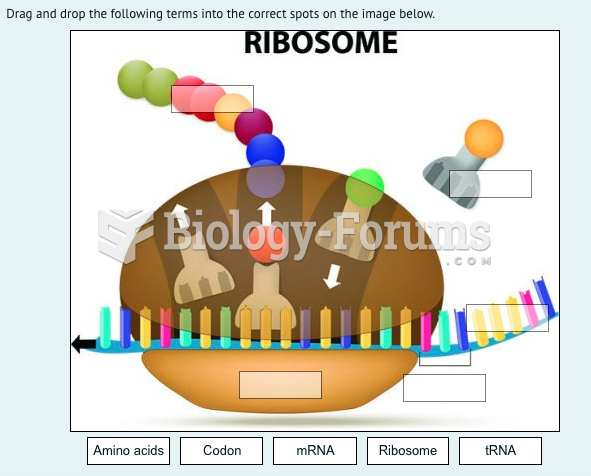Answer to Question 1
Any two of the following:
Is access to the computer needed when traveling to clients?
Are heavy graphics involved?
What type of software will be used (e.g., word processing, database, spread-sheet, graphics, presentations, reporting, data mining, video conferencing)?
What computing equipment are clients using?
Answer to Question 2
ACOs can generally be defined as a local entity and a related set of providers, including at least primary care physicians, specialists, and hospitals, that can be held accountable for the cost and quality of care delivered to a defined subset of traditional Medicare program beneficiaries or other defined populations, such as commercial health plan subscribers. The primary ways the entity would be held accountable for its performance are through changes in traditional Medicare provider payment featuring financial rewards for good performance based on comprehensive quality and spending measurement and monitoring. Public reporting of cost and quality information to affect public perception of an ACO's worth is an-other way of holding the ACO accountable for its performance. Proponents generally view three ACO characteristics as essential. These characteristics include: (1 ) the ability to provide, and manage with patients, the continuum of care across different institutional settings, including at least ambulatory and inpatient hospital care and possibly post-acute care; (2 ) the capability of prospectively planning budgets and resource needs; and, (3 ) sufficient size to support comprehensive, valid, and reliable performance measurement.
Answer to Question 3
Respite care is a short stay for the purpose of providing relief or respite to the primary caregivers of the frail elderly who cannot live in an independent environment and do not require the intensity of services and supervision required of the traditional long-term care facility. The period of respite care may range anywhere from overnight to several weeks, depending on the caregiver's needs. In a respite care admission, a long-term care facility is providing meals and general supervision to assure that necessary medications are administered and is also providing a safe environment for the respite resident, with opportunities for socialization and no need for active care intervention.







